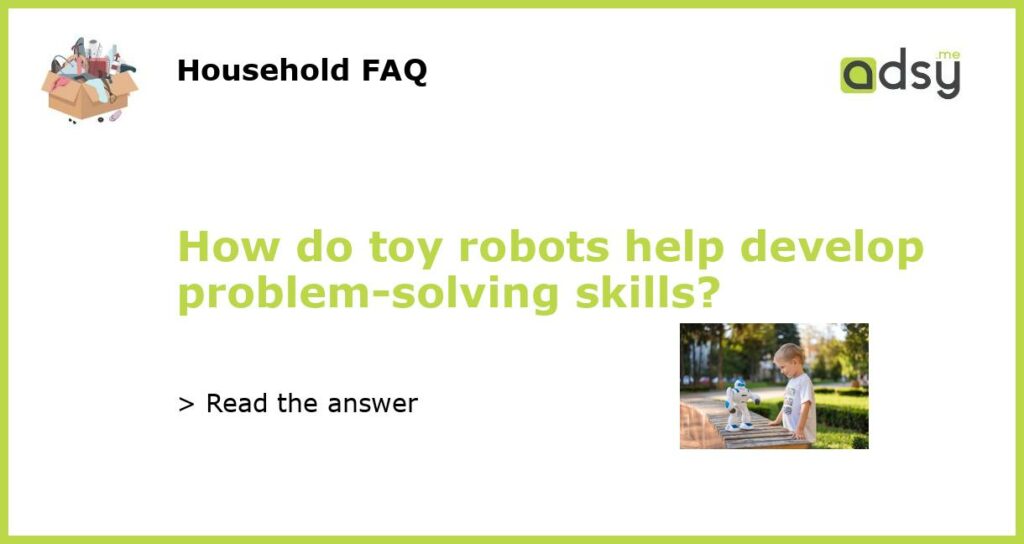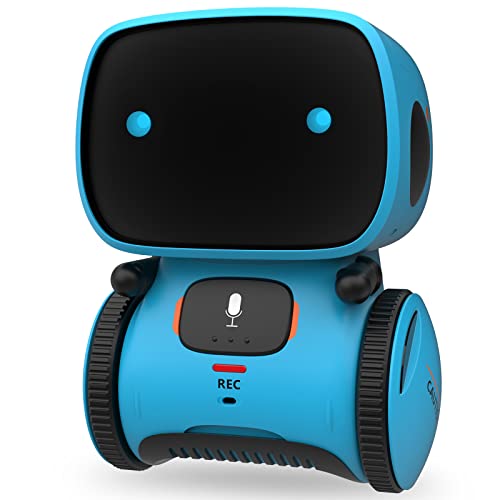How do toy robots help develop problem-solving skills?
Toy robots have become increasingly popular in recent years, not only as fun and interactive toys but also as educational tools to help develop problem-solving skills in children. These robots offer a unique way for children to engage with technology and learn important cognitive and social skills. Here are the ways in which toy robots can help develop problem-solving skills:
Encourages critical thinking
Playing with toy robots requires children to think critically and analytically. They need to assess the situation, identify the problem, and come up with creative solutions. For example, a robot may be programmed to follow a specific path, and if it encounters an obstacle, the child must think of a way to navigate around it. This process of problem-solving helps children develop critical thinking skills, as they learn to analyze and evaluate different options and make informed decisions.
Promotes logical reasoning
Toy robots often come with programming capabilities, allowing children to give instructions to the robot. This programming element helps children develop logical reasoning skills as they learn to sequence commands in a logical and coherent way. They need to understand cause and effect, as well as anticipate potential outcomes of their instructions. This process of programming a robot helps children develop a systematic approach to problem-solving, enabling them to break down complex problems into smaller, manageable steps.
Cultivates creativity and innovation
To interact with toy robots, children often need to come up with innovative ways to solve problems. They may need to think outside the box and devise new strategies or alternative solutions. This type of problem-solving fosters creativity and innovation in children, encouraging them to explore different possibilities and experiment with different approaches. By using their imagination and thinking creatively, children can overcome challenges and find unique solutions, enhancing their problem-solving skills.
Enhances collaboration and communication skills
Many toy robots are designed to be used in group settings, promoting collaboration and communication skills. Children need to work together to program and control the robots, which requires effective communication and teamwork. They need to listen to each other’s ideas, share their own thoughts, and negotiate solutions. This collaborative problem-solving builds social skills and helps children understand the value of teamwork, cooperation, and effective communication.
Provides real-world problem-solving experience
Toy robots simulate real-world scenarios and challenges, providing children with practical problem-solving experiences. They may encounter situations where the robot has a specific task or goal, and they need to figure out the best way to achieve it. These experiences help children develop problem-solving skills that can be applied to real-life situations. Whether it’s troubleshooting a technical issue or solving a complex puzzle, the problem-solving skills gained through toy robots can be translated into various contexts in their lives.
In conclusion, toy robots offer a range of benefits for the development of problem-solving skills in children. From encouraging critical thinking and promoting logical reasoning to cultivating creativity and enhancing collaboration, these robots provide a fun and engaging way for children to learn and develop valuable skills. By incorporating toy robots into playtime or educational settings, children can build essential problem-solving skills that will benefit them throughout their lives.






